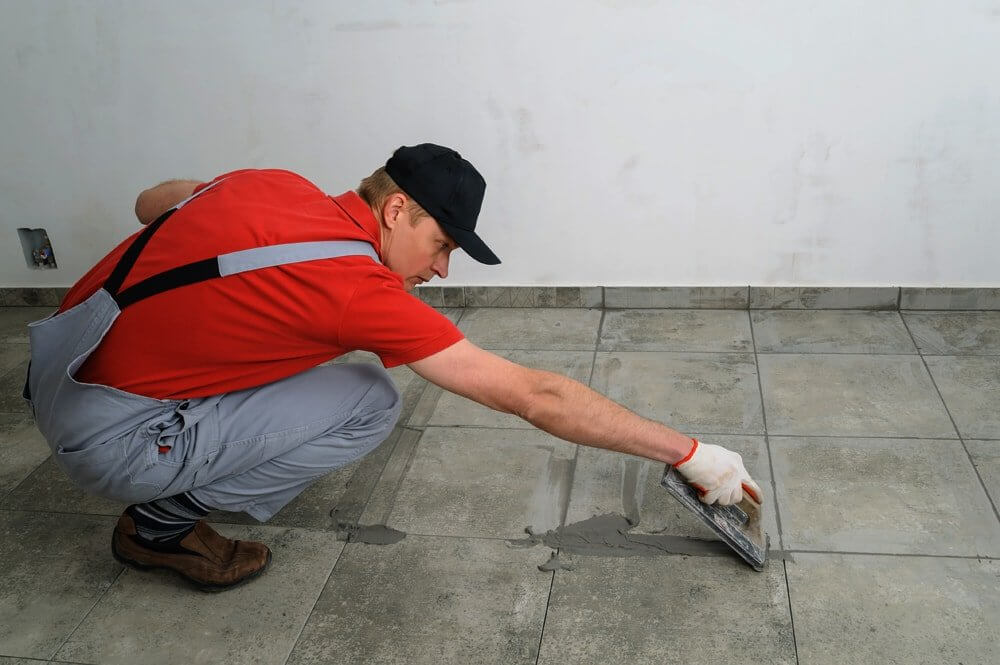When it comes to sealing leaks or fixing pipes, plumbers putty is often the go-to choice for many DIY enthusiasts. But have you ever wondered just how waterproof this trusty substance truly is? Understanding the composition and factors that influence its waterproofing capabilities can make a significant difference in your plumbing projects. So, let’s dive into the world of plumbers putty and explore its waterproofing properties to ensure your repairs stand the test of time.
Composition of Plumbers Putty
- When examining the composition of plumbers putty, it’s essential to understand the specific ingredients that make up this sealing material. Plumbers putty typically consists of linseed oil, a mixture of fine ground limestone, and mineral spirits. The linseed oil acts as a binder, holding the other components together and providing flexibility once the putty is applied. The fine ground limestone is responsible for giving the putty its sealing properties. It creates a watertight seal when compressed between two surfaces, making it ideal for plumbing applications where leaks are a concern.
- The chemical composition of plumbers putty allows it to remain pliable for an extended period, ensuring a tight and long-lasting seal. The mixture of linseed oil and mineral spirits gives the putty a smooth texture, making it easy to work with and mold into the desired shape. Understanding the chemical makeup of plumbers putty is crucial for ensuring its effectiveness in various plumbing tasks.

Factors Affecting Waterproof Performance
- To enhance the waterproof performance of plumbers putty, understanding the environmental conditions it will be exposed to is crucial. Factors such as temperature variations, exposure to chemicals, and the presence of moisture all play significant roles in determining the durability of the waterproof seal created by plumbers putty.
- Temperature fluctuations can cause materials to expand and contract, potentially compromising the seal over time. Chemical exposure, especially to harsh solvents or acids, can degrade the putty, reducing its effectiveness in preventing water penetration. Additionally, prolonged exposure to moisture can lead to mold growth or deterioration of the putty, impacting its ability to maintain a watertight seal.
- Regular maintenance, such as inspecting the seal for any signs of wear or damage, and reapplying putty when necessary, is essential to ensure long-lasting waterproofing performance. By considering these factors and implementing proper maintenance practices, you can maximize the waterproof capabilities of plumbers putty in various applications.
Application Techniques for Maximum Waterproofing
- Considering the factors affecting waterproof performance, implementing precise application techniques is vital to maximize the effectiveness of plumbers putty in creating a long-lasting watertight seal. To begin, ensure the surface is clean and dry before applying the putty. Any debris or moisture on the surface can compromise the seal. Allow ample drying time for the surface to ensure proper adhesion.
- When applying the plumbers putty, roll it into a uniform shape to ensure consistent coverage along the joint. Apply the putty evenly around the area that needs sealing, pressing firmly to promote adhesion. Excess putty can be trimmed off once the sealant is in place.
- After applying the putty, conduct a pressure test to check for any leaks. Fill the sealed area with water and observe for any signs of leakage. It’s crucial to verify the effectiveness of the seal to prevent potential water damage. By following these application techniques diligently, you can enhance the waterproofing capabilities of plumbers putty for a reliable and long-lasting seal.
Common Water-Related Issues With Plumbers Putty
- For optimal performance, understanding common water-related issues with plumbers putty is essential in maintaining a reliable seal. One common issue is mold formation. When plumbers putty is exposed to moisture over time, it can create a conducive environment for mold growth. To prevent mold, ensure that the area where the putty is applied is dry before application. Additionally, regularly inspecting and cleaning the area can help prevent mold from developing.
- Another issue to be mindful of is rust formation. If water seeps through a seal made with plumbers putty and comes into contact with metal components, it can lead to rusting. To protect against rust, make sure the putty seal is intact and properly applied. Regularly checking for any signs of water leakage and addressing them promptly can help prevent rust from forming.
Tips for Enhancing Waterproofing Abilities
- Enhance the waterproofing abilities of plumbers putty by applying a thin, uniform layer to create a tight seal. To improve waterproofing techniques, ensure the surface is clean and dry before application. Knead the putty to make it pliable and then press it firmly into the area needing sealing. Use a putty knife to smooth out any excess putty to prevent water from seeping through. For optimal results, allow the putty to cure fully according to the manufacturer’s instructions.
- Consider sealant alternatives for enhanced waterproofing. Silicone caulk is a popular choice due to its flexibility and durability. Apply silicone caulk by squeezing it directly onto the surface and smoothing it with a caulk tool. Epoxy sealants offer a strong, waterproof bond and are suitable for more heavy-duty applications. Follow the manufacturer’s guidelines for proper mixing and application.
Conclusion
In conclusion, while plumbers putty is designed to be waterproof, its effectiveness can be influenced by factors such as composition, application technique, and environmental conditions. By choosing a high-quality product, applying it correctly, and taking steps to enhance its waterproofing abilities, you can ensure that your plumbing projects are well protected from leaks and water damage. Remember to always follow manufacturer instructions for best results.